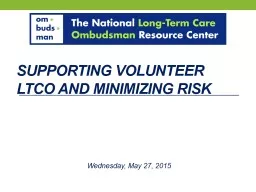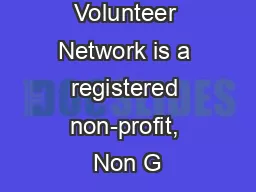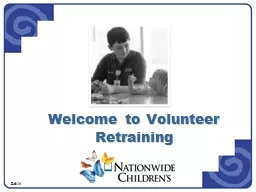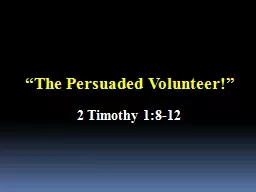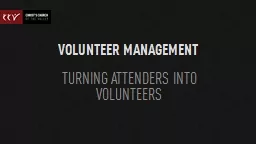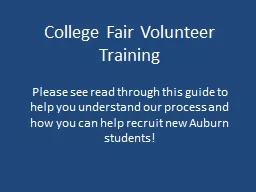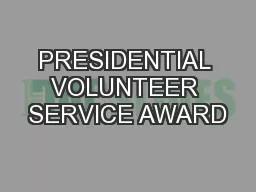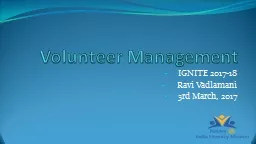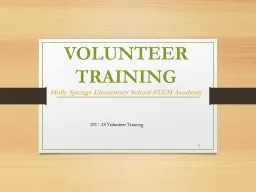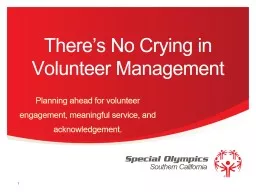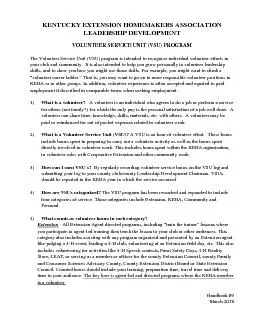PPT-Supporting volunteer LTCO and Minimizing risk
Author : aaron | Published Date : 2018-12-14
Wednesday May 27 2015 Use the Red Arrow to expand or collapse your control panel Audio Select Mic amp Speakers to use your speakers for audio or callin using
Presentation Embed Code
Download Presentation
Download Presentation The PPT/PDF document "Supporting volunteer LTCO and Minimizing..." is the property of its rightful owner. Permission is granted to download and print the materials on this website for personal, non-commercial use only, and to display it on your personal computer provided you do not modify the materials and that you retain all copyright notices contained in the materials. By downloading content from our website, you accept the terms of this agreement.
Supporting volunteer LTCO and Minimizing risk: Transcript
Download Rules Of Document
"Supporting volunteer LTCO and Minimizing risk"The content belongs to its owner. You may download and print it for personal use, without modification, and keep all copyright notices. By downloading, you agree to these terms.
Related Documents

